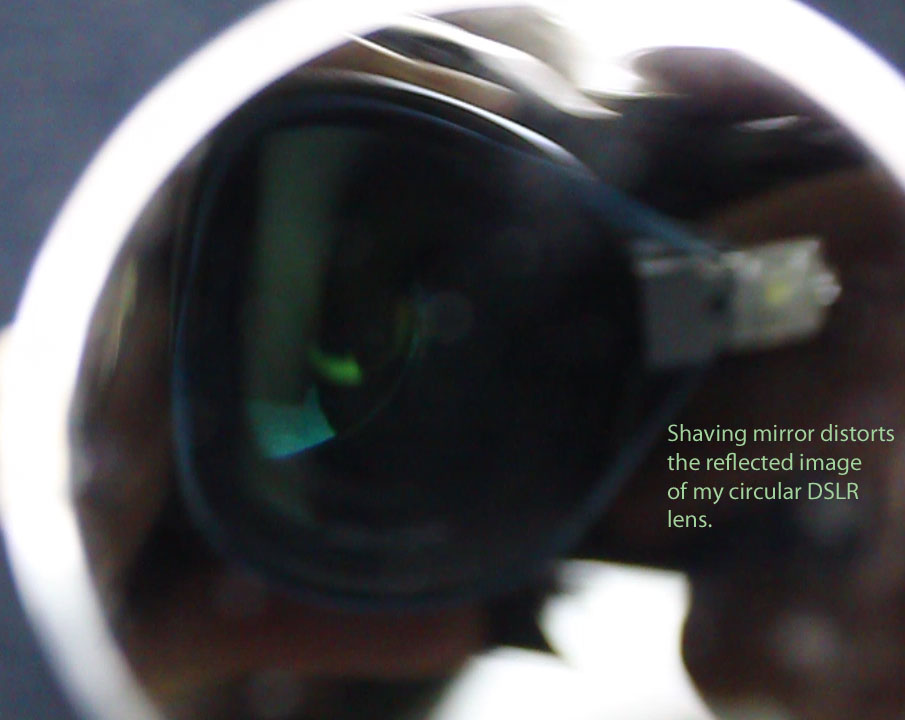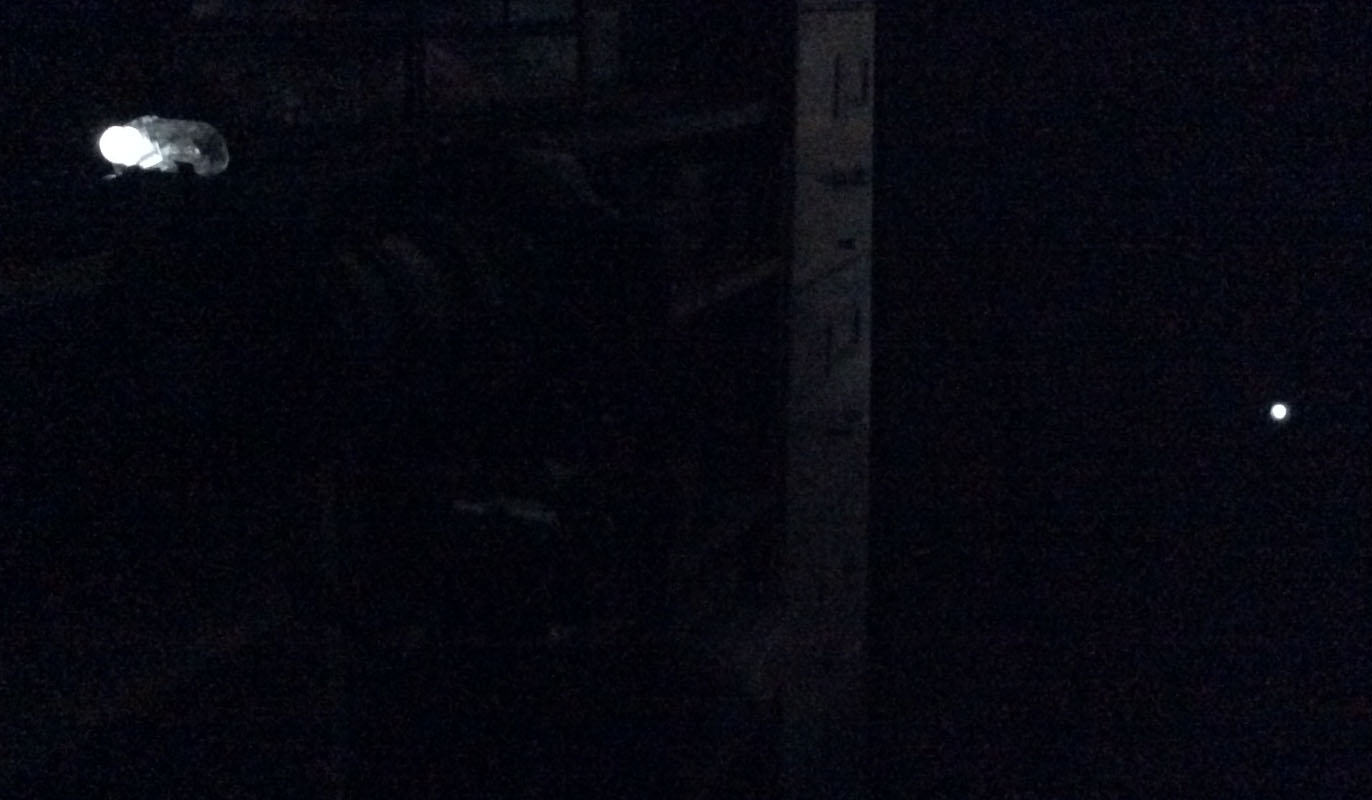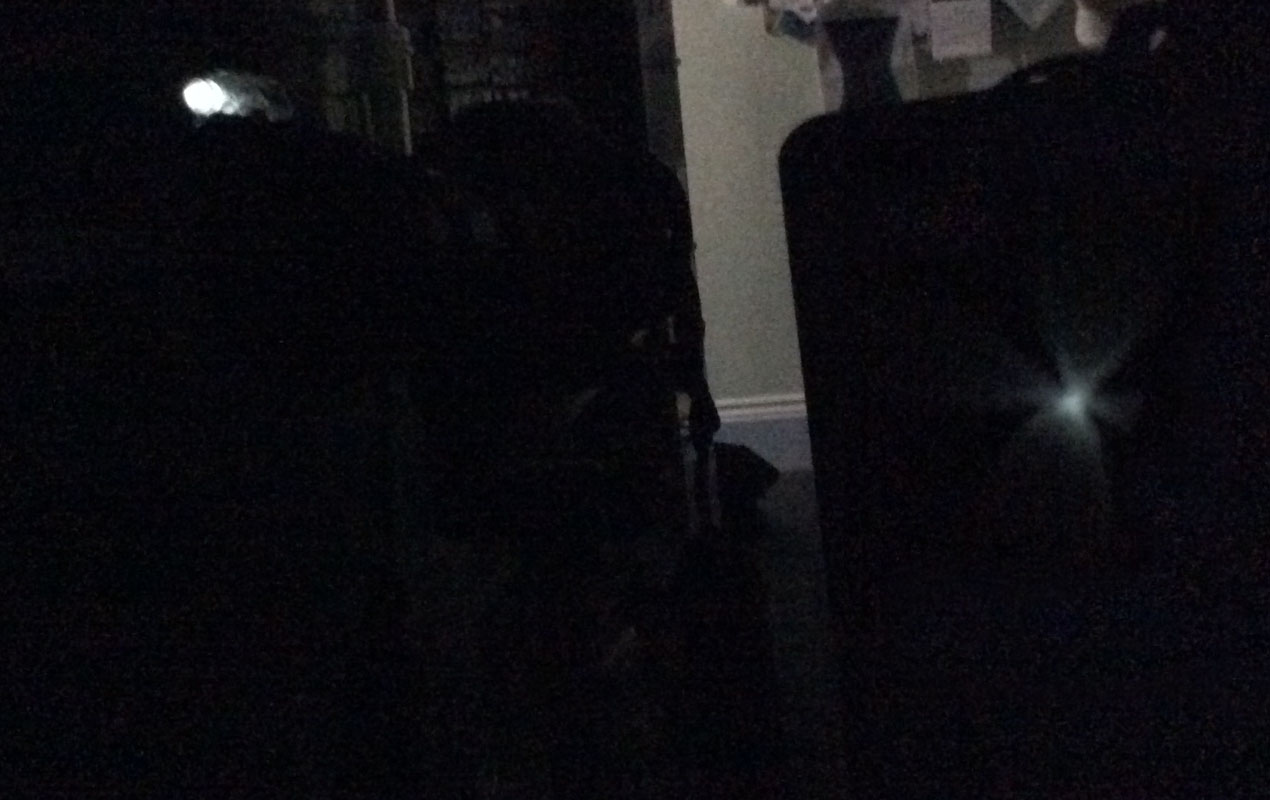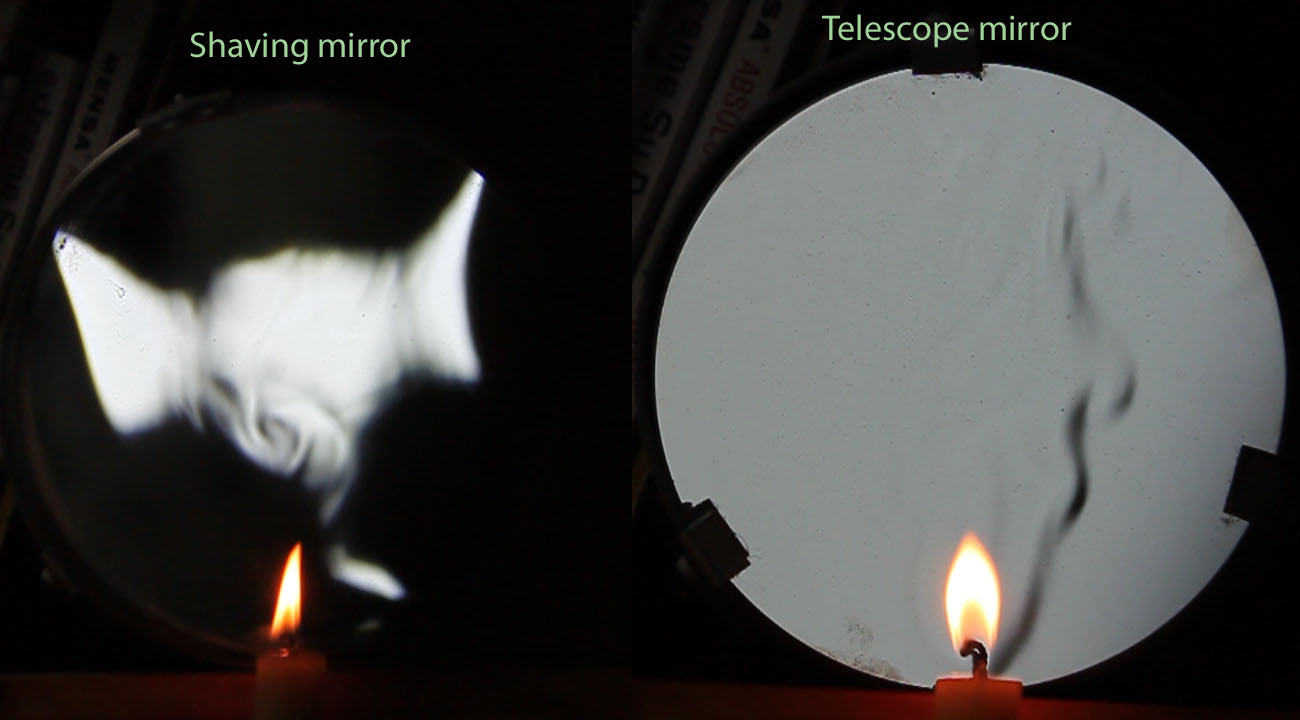October 01, 2017 Filed in:
ArticlesRichard Taylor, Teacher Merivale High School, Ottawa
Just before the end of the last school year, I saw this video on the Veritasium YouTube channel. I found it fascinating that such a simple setup could highlight such small variations in refractive index. But is it really so simple to set up? Could this be done in the classroom? My summer project was to investigate Schlieren photography.
I soon found that Derek Muller and I were not the only ones to get interested in this topic. There are many videos available that show the setup and various examples of interesting gas flows. This particular video by JoshTheEngineer shows a lot of details, but it left me wondering if a
really cheap and simple setup would work.
I was lucky enough to have access to a parabolic concave telescope mirror similar to, but smaller than the one Derek Muller used. My school had an old Newtonian telescope in the basement that hadn’t been used in years and it was easy to unscrew and remove the mirror and its holder (the mirror cell) from the rear of the tube. I also have a DSLR camera that can take short videos (though not in slow motion) and I had a small white LED with an elastic strap left over from a party. Combined with a bit of Lego, yes, it was pretty easy to set up something that worked. If you have such a mirror, I strongly encourage you to experiment with it.
However, if you don’t have (and don’t want to buy) a good quality concave mirror, is it possible to use a cheap shaving mirror instead?
Here are some pictures that show the difference. Telescope mirrors are made with an extremely precise curvature. Interestingly, this is possible because of a test called the Foucault knife edge test that is exactly the same as the setup for Shlieren photography. Not only can this technique amplify the effects of small variations to the refractive index of the air, but it also amplifies the effects of small variations from perfect curvature of the mirror. Sadly, cheap shaving mirrors are not made to such perfection, so trying to do Schlieren photography with them will also show just how poor their curvature really is.
When you push a shaving mirror to the extremes of magnification, you start to notice distortions in the reflected image.

A telescope mirror reflects light from near the center of curvature back to near the center of curvature with no distortion.

A shaving mirror reflects most of the light back towards the center of curvature, but with a weird surrounding pattern.

When you put the camera and knife edge there, only part of the mirror is properly illuminated. However, in that part, you CAN see the Shlieren effects. Here’s a side-by-side comparison using a candle flame.

So my advice is to invest the time or money in getting a good quality concave mirror. Second hand 4.5” or 6” diameter Newtonian telescopes are available for about $100 to $200, and if you are careful, the mirror can be used for both Schlieren photography as well as astronomy.
Tags: Light, Optics





